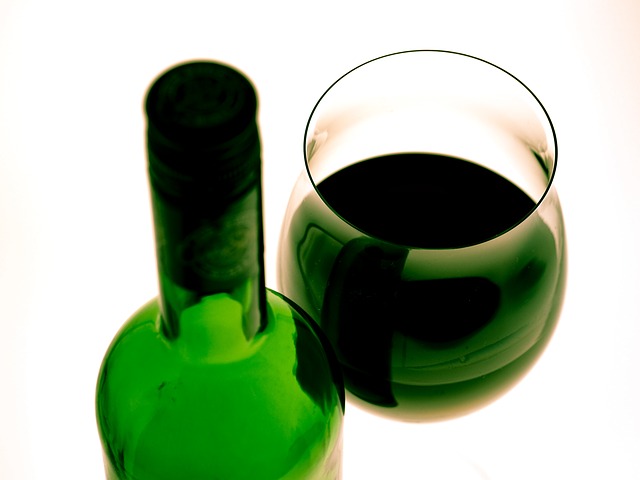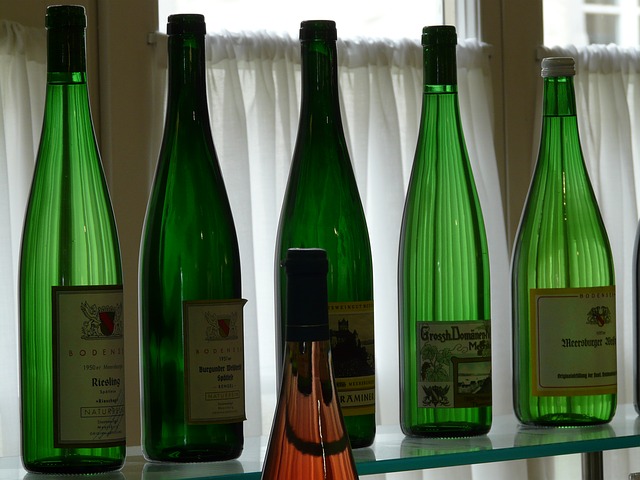ORIGINAL FRENCH VERMOUTH
Vermouth is a French spirit made from a distilled wine base, fortified with another neutral spirit, and aromatized with many herbal and floral flavors. It’s part of a collection of wines known as aperitif wines. These are usually served before a meal in order to open up the stomach and prepare your body for digesting the meal.
Depending on the wine base, Vermouth can come in a variety of different colors and can carry a lot of different flavors. Most base wines do not have a lot of sugars, although some varieties of mistelle do leave behind a bit more sugar in the mix.
Most people in the US like to make cocktails and mixed drinks with Vermouth, while in Europe it’s more common to drink it neat with a small amount of ice. However you like to drink it, you should know a few things about Vermouth before you try to buy a bottle.
HOW VERMOUTH IS MADE
As noted before, Vermouth starts out as a base wine of some sort. It is then aromatized to give more flavor, color, and a pleasant scent. Some producers add herbs and other flavor agents during the aromatizing stage to give their Vermouth a unique touch. Once this step has been completed to satisfaction, the wine is then fortified with a stronger wine or a neutral spirit. Fortifying wine increases the alcohol content, although hardly any Vermouth wines exceed 24% alcohol content.
The final step in the process is to distill the wine and age, if desired. After this it can be bottled and sold around the world.
WHAT’S ON THE LABEL
Terms on Vermouth bottles can become a bit confusing because of the different languages involved. There are multiple terms that have the same meaning depending on whether the wine is French, Italian, or Spanish. These terms usually refer to the color of the Vermouth.
- Red(sweet, Italian)/Rosso/Rouge/Rojo: This refers to red Vermouth wines.
- White/Bianco/Blanc/Blanco: This refers to white Vermouth wines.
- Dry(French): These are straw-colored wines with a drier taste and less sugar.
- Rose/Rosato/Rosado: These are pinkish Vermouths made from rose wine.
TYPES OF VERMOUTH
Torino
Vermouth of this style meets all the traditional requirements of the original Vermouth and is made in the traditional fashion. These types of Vermouth are protected by their origin as they come from a specific region that this wine originated from in the 1800s. These wines usually have a nice spiced flavor to them.
Amaro (con bitter)
This is a traditional Torino style Vermouth with added bitters built into the wine itself. It’s common to add bitters when mixing up to make a cocktail, but this type puts the bitters in the actual wine, along with some added sugar for a good balance.
Chinato
Another regional Vermouth, this style is made with extra chinchona while the wine is being aromatized.
Alla Vaniglia
Take a traditional Torino Vermouth and add vanilla to the mix. This is how you get a Vermouth All Vaniglia. Just like with bitters, it’s common to add a vanilla component when making a cocktail, but it is not commonly found in the actual Vermouth itself.
Chambery Blanc
These are clear, sweet white Vermouth wines with an emphasis on the herbal and floral tastes and less of the spice found in some other Vermouth styles. Over the years the original style of Blanc Vermouth has changed and been reinterpreted by many different winemakers.
Marseilles Dry
This type of Vermouth comes from a different region in France. You can usually expect it to be very dry. It’s used for both sipping and cooking.
New World
Once the US market got more familiar with Vermouth wines, some artisanal winemakers decided to make their own varieties. While you won’t confuse these Vermouth wines with their European ancestors, they are fairly tasty and much more cost effective.
Modern
This simply refers to Vermouth wines that are a box outside the box. Some producers are taking their ordinary Vermouth styles and adding unprecedented ingredients and trying all sorts of other methods to change the taste and appeal to more people in the market.
Spanish Vermouth
At some point in the history of Vermouth wine, a portion of winemakers from the Vermouth producing regions left for Spain. It seems that they started their own wineries there and began to produce a wine very similar to traditional Vermouth.
FINDING THE BEST VERMOUTH
No wine, liquor, spirit, or anything else can be better or worse than another as it all depends on what tastes good to you. If you want to try Vermouth, consider what sounds like the best tasting style to you and go find a bottle to test it. Remember that you can easily take it neat over ice or as a mixed drink.

